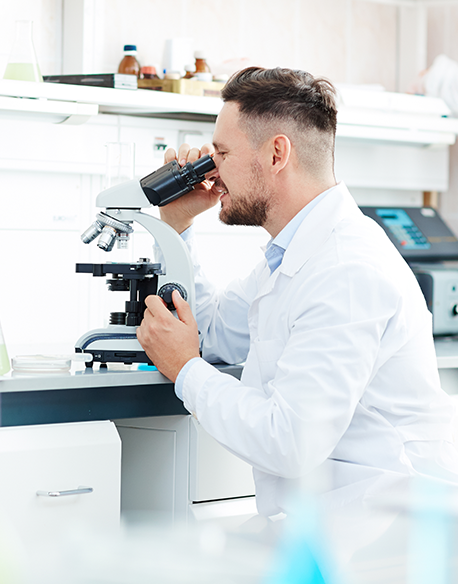
2021 was a year of strength and we believe that 2022 will be one of hope.
Canadians are resilient, and though this pandemic continues to challenge, the tenacious spirit of the JDRF community never wavered. As a result, JDRF was able to progress our important work in supporting the research that will bring us closer to a cure, while improving the lives of people affected by T1D today.
Thanks to the generosity of donors, JDRF had a ground-breaking year in 2021 – funding more dollars to research, building new strategic partnerships, continuing to support newly diagnosed families and sharing the latest updates impacting our T1D Community.
As well, 2021 marked the 100th anniversary of the discovery of insulin in Canada. Together, as we commemorated this meaningful milestone, raising awareness for type 1 diabetes (T1D), – we more importantly – recognized the urgent need to accelerate towards a cure.
Some highlights over the past year included:
- The launch the $100M Campaign to Accelerate and raise nearly 50% of our goal in 1.5 years!
- The launch the first JDRF Centre of Excellence in Canada at UBC, exclusively focused on a cure for T1D
- The beginning of the work to address critical gaps in mental health care for the T1D community by launching our new Mental Health and T1D Strategy
- Secure improved T1D device coverage in Saskatchewan, British Columbia, Manitoba and Ontario
- Advocating the federal government to renew their commitment to the JDRF-CIHR Partnership to Defeat Diabetes, matched by JDRF donors for a $30 million investment, and expand access to the Disability Tax Credit
- Supporting two industry-wide challenges in the commercial real estate and wealth management sectors that brought $4.2 million to our JDRF-CIHR Partnership
- Expanding our JDRF Bag of Hope® program by introducing new, age-appropriate No Limits Care Kits for teens and adults newly diagnosed with T1D
- Rallying communities across the country in support of JDRF through Walk, Ride, Virtual Galas and other unique fundraisers

- In Cell Replacement:
- Vertex announced promising results of its stem cell-based therapy, originally developed by JDRF-funded researcher Douglas Melton.
- JDRF-funded ViaCyte and CRISPR Therapeutics are launching a Canadian clinical trial of the first gene-edited cell replacement therapy for T1D.
- In Disease-Modifying Therapies:
- JDRF-funded researchers are performing advanced clinical trials on a drug called ustekinumab, already approved to treat other autoimmune diseases, that could help slow and halt the progression of T1D
- In Treatments to Improve Lives:
- JDRF is funding several studies to reduce the risks and impacts of hypoglycemia, as well as other studies to mitigate T1D complications such as kidney complications and diabetic eye disease
- In Screening:
- JDRF launched a Universal Childhood T1D Screening Project in Israel that could provide the basis for similar general population screening worldwide
- JDRF is helping to facilitate screening for relatives of those with T1D at Sick Kids Hospital via TrialNet
To read more about research updates, please visit www.jdrf/ca/blog to see stories about even more incredible progess that took place over the last year in T1D research and development.
Despite the challenges brought by the continued pandemic, JDRF is more committed than ever to doing all we can to accelerate life-changing breakthroughs for everyone affected by T1D.
One hundred years ago, Canada discovered insulin. With the power of our JDRF community, we believe that Canada can cure diabetes.









